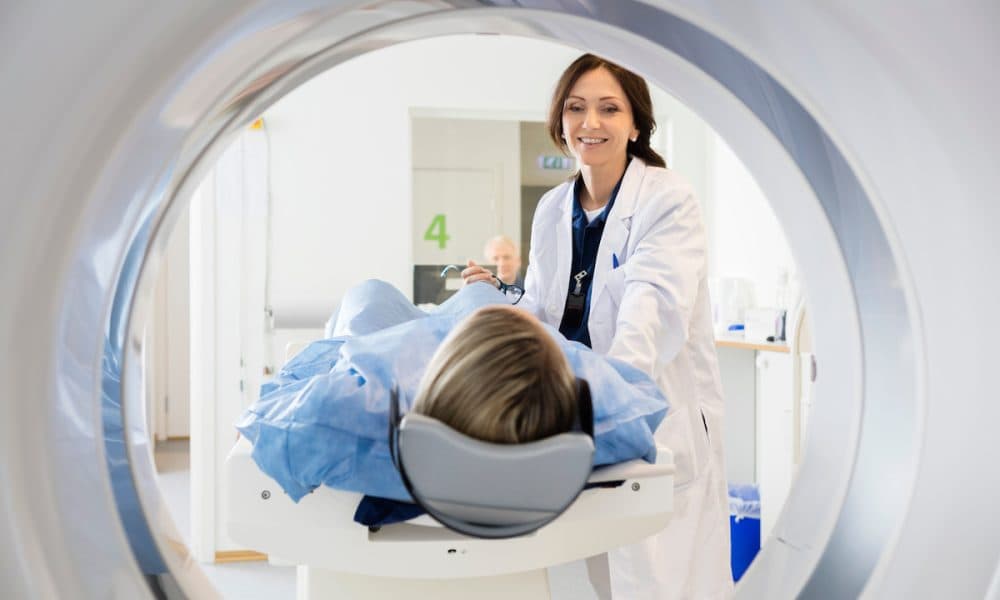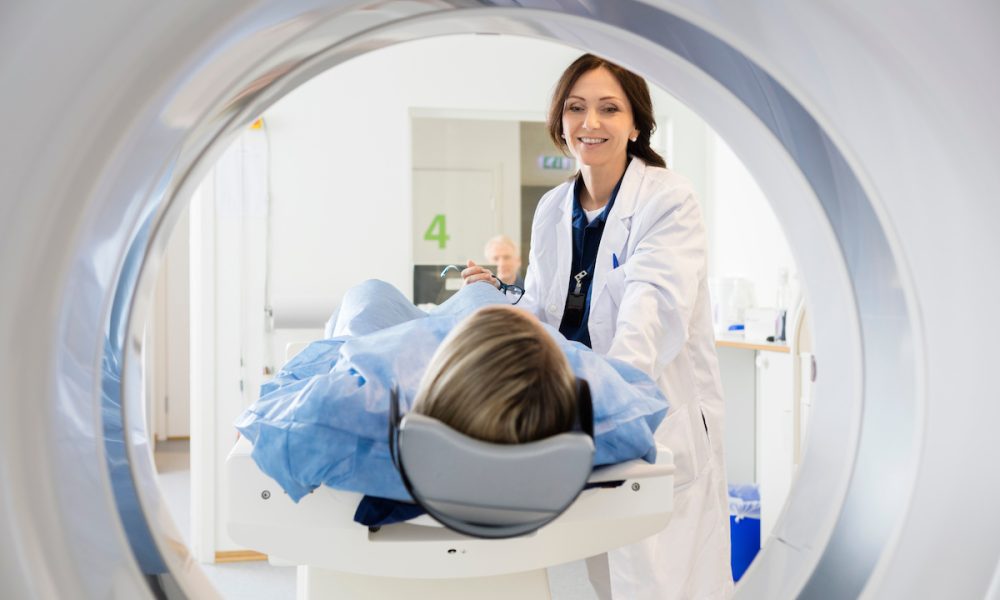
Machine learning enables cheaper and safer low-power magnetic resonance imaging (MRI) without sacrificing accuracy, according to a new study.
According to the authors, the new advances pave the way for affordable, patient-centric, and deep learning-powered ultra-low-field (ULF) MRI scanners, addressing unmet clinical needs in diverse healthcare settings worldwide.
Magnetic Resonance Imaging (MRI) has revolutionised healthcare, offering noninvasive and radiation-free imaging. It holds immense promise for advancing medical diagnoses through artificial intelligence.
However, despite its five decades of development, MRI remains largely inaccessible, particularly in low- and middle-income countries. This is primarily due to the high costs associated with standard superconducting MRI scanners and the specialised infrastructure required for their operation.
These scanners are typically housed in specialised radiology departments or large imaging centres, limiting their availability in smaller medical facilities.
Additionally, the necessity for radiofrequency (RF)-shielded rooms and substantial power consumption further limits access to MRI technology.
To address MRI accessibility challenges, Yujiao Zhao and colleagues present a low-power and highly simplified ULF MRI scanner that operates on a standard wall power outlet and without the need for RF or magnetic shielding.
The scanner uses a compact 0.05 Tesla (T) magnet (most MRI devices use a 1.5 T magnet, but some can go as high as 7 T) and incorporates active sensing and deep learning to address electromagnetic interference signals and improve image quality.
Moreover, the device used only 1800 watts (W) during scanning, while conventional MRIs can consume 25000 W or more. Zhao et al. conducted imaging on healthy volunteers and show that the device was able to produce clear and detailed imaging on par with that obtained by high-power MRI devices currently used in the clinic.
In a related Perspective, Udunna Anazodo and Stefan du Plessis note the limitations and challenges that need to be addressed before low-field MRI can be widely applied for clinical use.
“Low-field MRI has yet to mature to enable cost-effective access to medical imaging,” they write. “Its potential as an essential and environmentally sustainable health technology will be proven when many communities around the world can use low-field MRI without barriers.”




